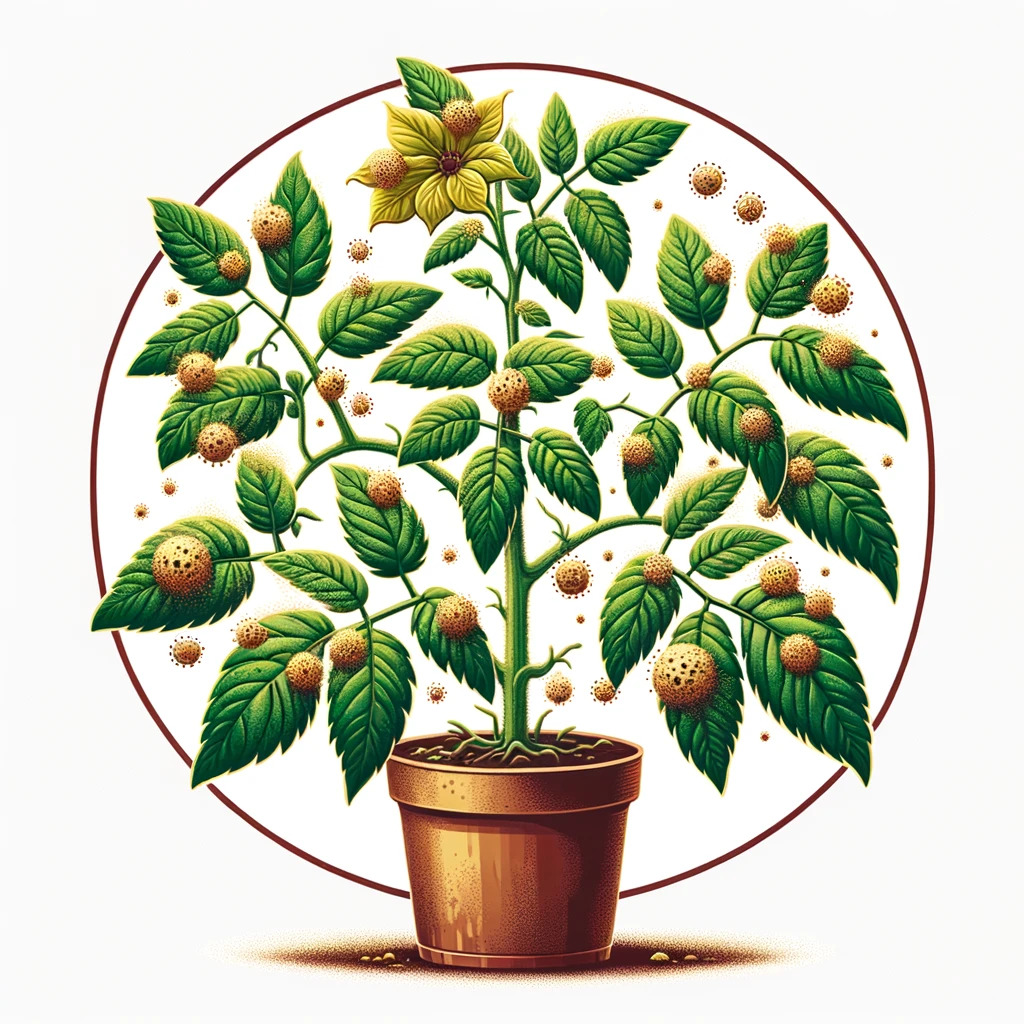Microscopic Nature: Understanding Viruses in Plants
Viruses are microscopic entities that affect living organisms, including plants. They consist of a strand of nucleic acid (DNA or RNA) enclosed in a protein capsule. Despite their structural simplicity, viruses can cause severe damage to living organisms, including plants.

Obligate Parasites: Viral Reproduction in Plants
As obligate parasites, viruses depend entirely on living tissues to replicate. This means they must migrate from an infected plant to a healthy one, often using vectors such as insects. Viruses can cause highly infectious diseases in plants, resulting in significant crop yield losses.

Symptomatology in Plants: Recognizing Viral Infection
Viruses cause a variety of symptoms in plants, which can be local or systemic. Local symptoms are often hypersensitivity reactions near the infection site, while systemic symptoms include dwarfism, yellowing, leaf deformation, and other signs of plant disorders.

Most Common Viruses Affecting Plants and Crops
These viruses represent only a selection of the many viral pathogens that can affect plants and crops, causing a variety of symptoms and potentially leading to significant losses in agriculture.
- Tomato Spotted Wilt Virus (TSWV)
- Cucumber Mosaic Virus (CMV)
- Tomato Yellow Leaf Curl Virus (TYLCV)
- Tobacco Mosaic Virus (TMV)
- Tobacco Etch Virus (TEV)
- Sweet Pepper Chlorotic Mottle Virus (SPCMV)
- Pepper Huasteco Virus (PHV)
- Squash Mosaic Virus (SqMV)
- Potato Y Virus (PVY)
- Citrus Tristeza Virus (CTV)
- Tomato Brown Rugose Fruit Virus (ToBRFV)
Economically Important Viral Diseases
Some key viral diseases in crops include Tomato Spotted Wilt Virus (TSWV), Cucumber Mosaic Virus (CMV), and Tomato Yellow Leaf Curl Virus (TYLCV), among others. These diseases can devastate entire crops, emphasizing the importance of prevention and effective management.
 AgronoBlog – Agriculture Blog
AgronoBlog – Agriculture Blog